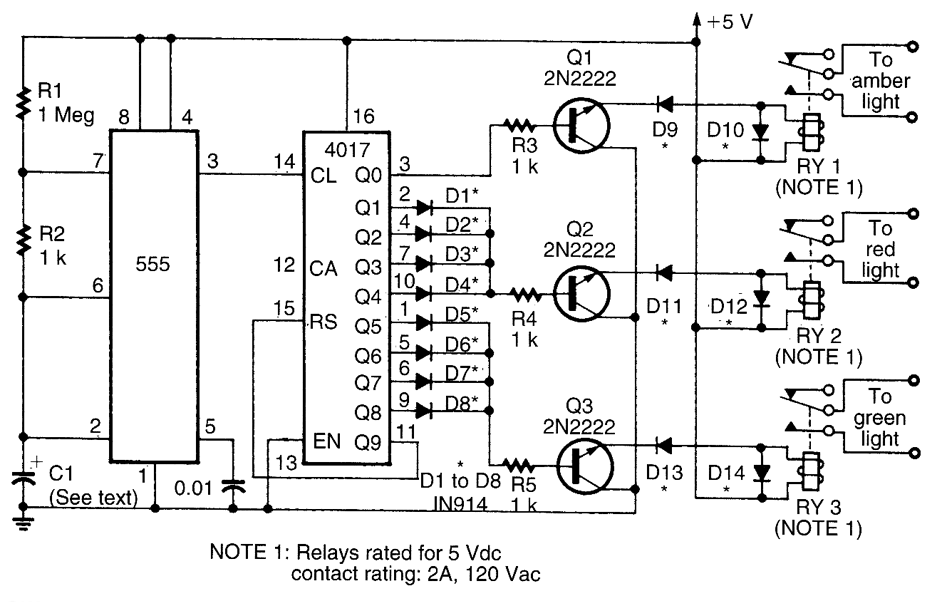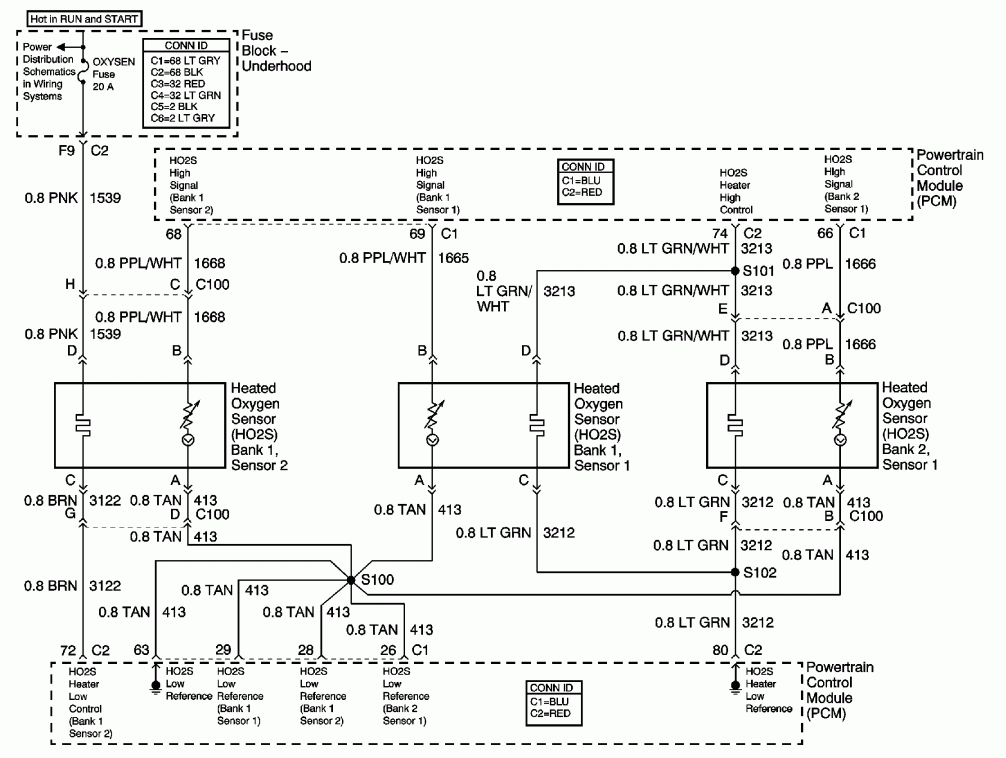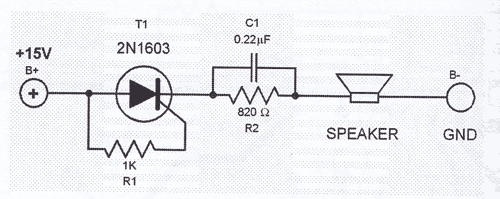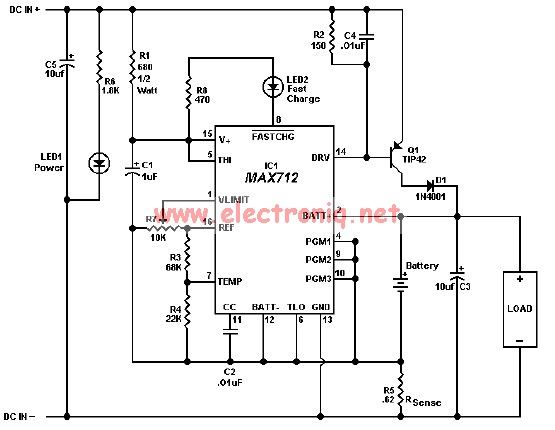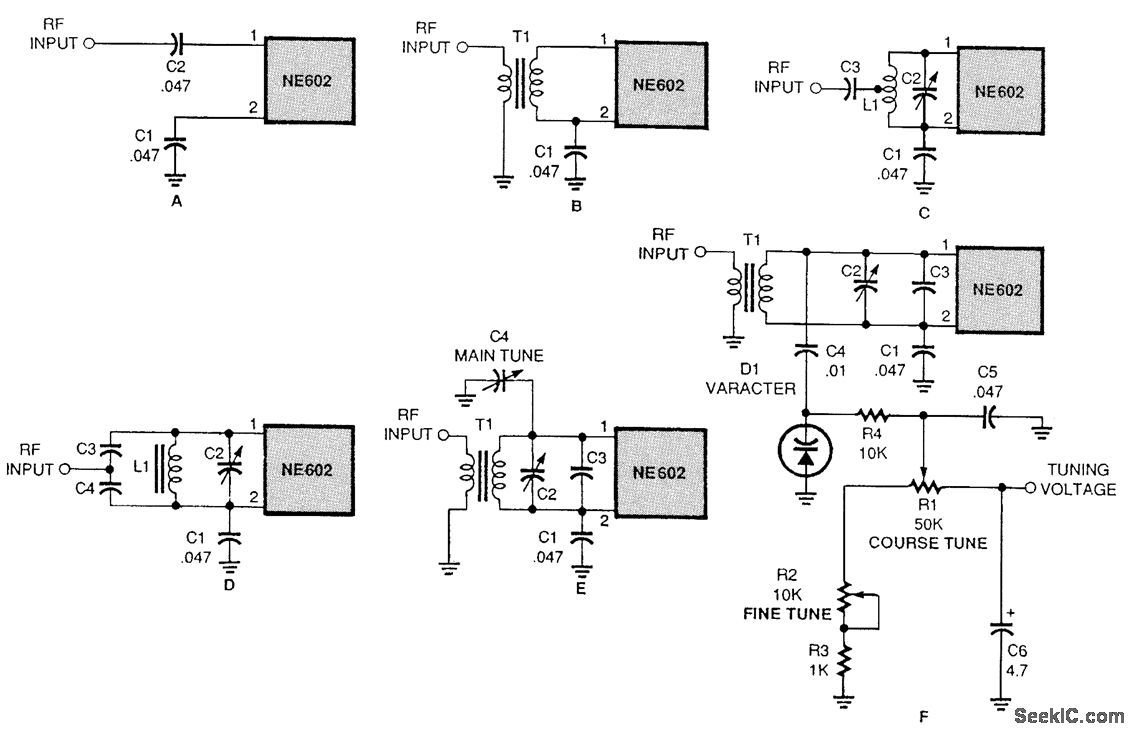
Picoammeter circuit
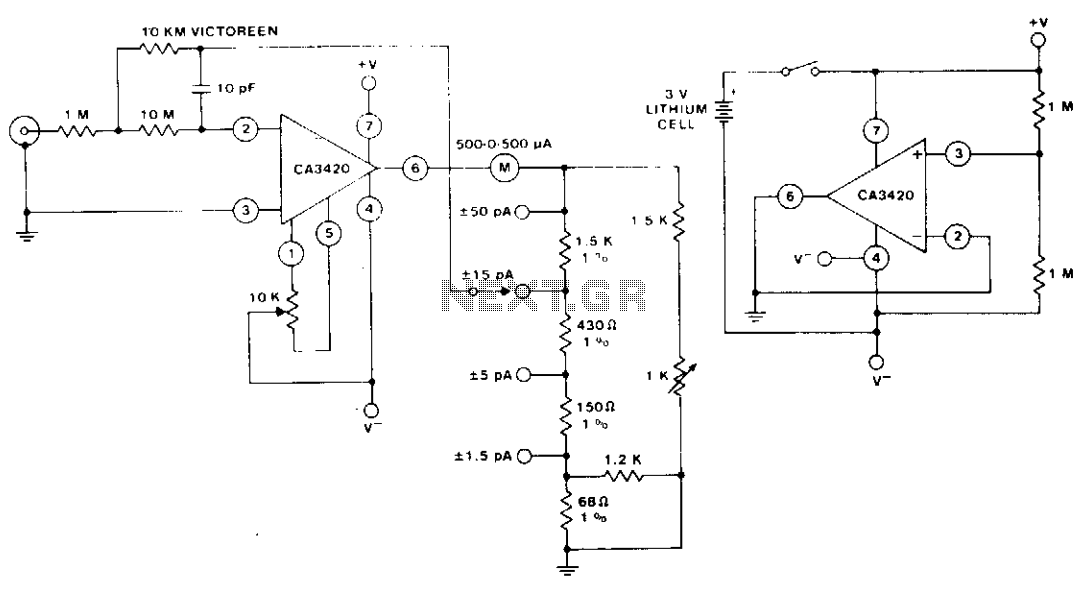
The circuit utilizes the extremely low input current (0.1 pA) of the CA3420 BiMOS operational amplifier. With only one 10 megohm resistor, it achieves a range from ±50 pA maximum to a full-scale sensitivity of ±1.5 pA. Additionally, by incorporating another CA3420, a low-resistance center tap is derived from a single 3-volt lithium battery.
The described circuit is designed around the CA3420 BiMOS operational amplifier, which is known for its ultra-low input bias current, making it suitable for applications requiring high sensitivity and precision. The use of a 10 megohm resistor in the feedback path allows for a significant amplification of the input signal while maintaining low noise levels, essential for detecting very small currents in the picoampere range.
The circuit configuration typically involves connecting the CA3420 in a non-inverting amplifier setup, where the input signal is applied to the non-inverting terminal. The feedback resistor (10 megohm) is connected from the output to the inverting terminal, establishing the gain of the amplifier. The choice of resistor value is critical, as it directly influences the circuit's sensitivity and range. The design can detect input currents as low as ±1.5 pA, making it suitable for applications in fields such as bioelectronics and sensor interfacing where minute signals must be accurately measured.
The additional CA3420 serves to create a low-resistance center tap from a single 3-volt lithium battery. This configuration is advantageous for powering the circuit while minimizing voltage drop and maintaining a stable reference point for the operational amplifier. The low-resistance center tap ensures that the circuit can operate efficiently, providing a reliable power supply without introducing significant noise or fluctuations that could affect measurement accuracy.
Overall, this circuit exemplifies a high-performance design that leverages the unique characteristics of the CA3420 BiMOS op amp to achieve exceptional sensitivity and low power consumption, making it an effective solution for precision measurement tasks in electronic applications.The circuit uses the exceptionally low input current (O.lpA) of the CA3420 BiMOS op amp. With only a single 10 megohm resistor, the circuit covers the range from ±50 pA maximum to a full-scale sensitivity of ±1.5 pA. Using an additional CA3420, a low-resistance center tap is obtained from a single 3-volt lithium battery.
The described circuit is designed around the CA3420 BiMOS operational amplifier, which is known for its ultra-low input bias current, making it suitable for applications requiring high sensitivity and precision. The use of a 10 megohm resistor in the feedback path allows for a significant amplification of the input signal while maintaining low noise levels, essential for detecting very small currents in the picoampere range.
The circuit configuration typically involves connecting the CA3420 in a non-inverting amplifier setup, where the input signal is applied to the non-inverting terminal. The feedback resistor (10 megohm) is connected from the output to the inverting terminal, establishing the gain of the amplifier. The choice of resistor value is critical, as it directly influences the circuit's sensitivity and range. The design can detect input currents as low as ±1.5 pA, making it suitable for applications in fields such as bioelectronics and sensor interfacing where minute signals must be accurately measured.
The additional CA3420 serves to create a low-resistance center tap from a single 3-volt lithium battery. This configuration is advantageous for powering the circuit while minimizing voltage drop and maintaining a stable reference point for the operational amplifier. The low-resistance center tap ensures that the circuit can operate efficiently, providing a reliable power supply without introducing significant noise or fluctuations that could affect measurement accuracy.
Overall, this circuit exemplifies a high-performance design that leverages the unique characteristics of the CA3420 BiMOS op amp to achieve exceptional sensitivity and low power consumption, making it an effective solution for precision measurement tasks in electronic applications.The circuit uses the exceptionally low input current (O.lpA) of the CA3420 BiMOS op amp. With only a single 10 megohm resistor, the circuit covers the range from ±50 pA maximum to a full-scale sensitivity of ±1.5 pA. Using an additional CA3420, a low-resistance center tap is obtained from a single 3-volt lithium battery.
